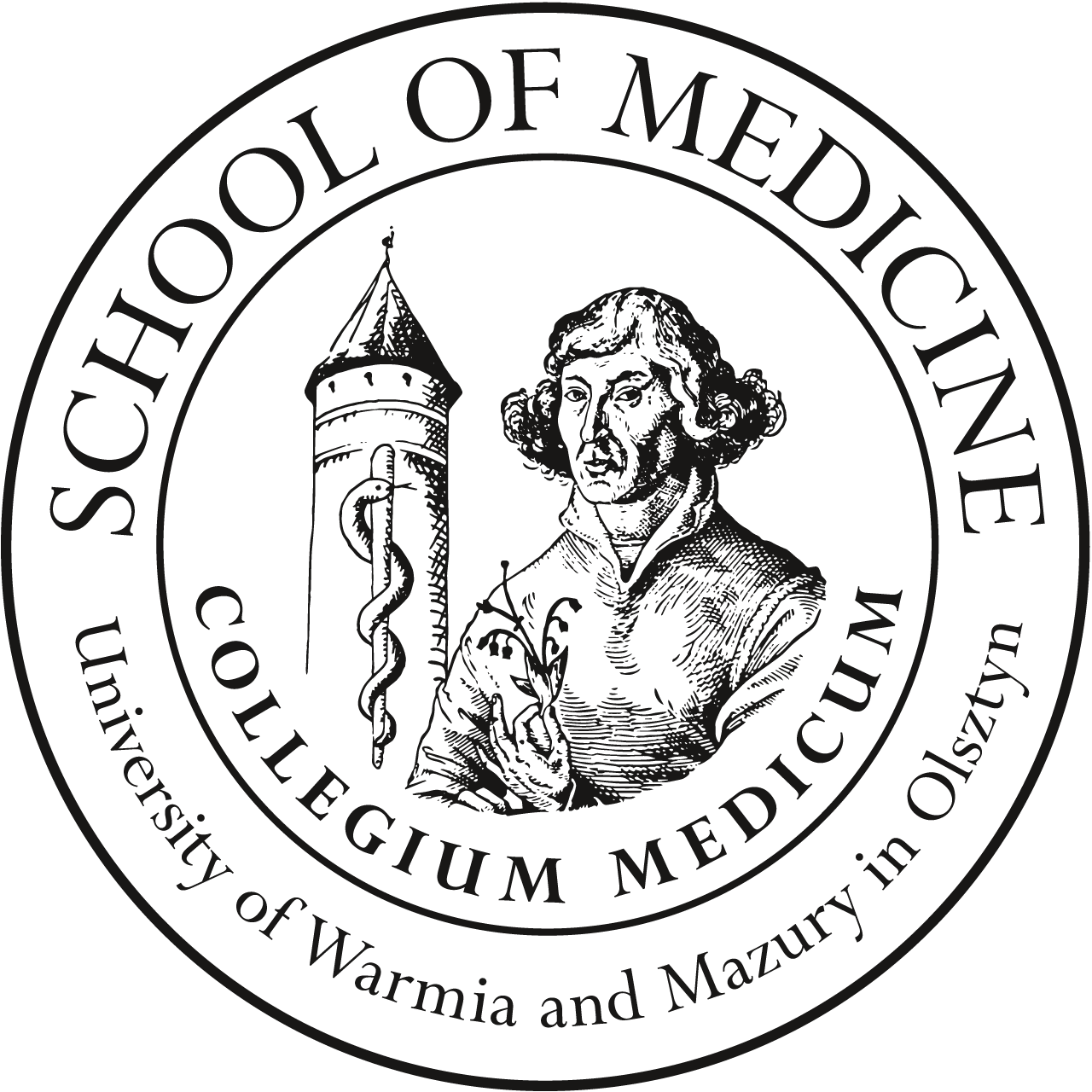SCHEDULES AND THEME
First Aid in Emergency Situations - lectures
1. 14.10.2025
First Aid priorities. Wounds classification and management. Scalds and burns: types, severity of burns, TBSA estimation, scalds and burns management.
Fractures: types, symptoms, prehospital management. Dislocations, sprains, strains and cramps: definitions, symptoms, management. RICE strategy.
2. 28.10.2025
Asthma attack: definition, triggers, management in case of asthma attack. Choking management, differences in management of choking in a child and an adult.
Haemorrhage: definition, management. Nose bleed –management. Symptoms of internal bleeding. Shock – definition, causes, prehospital management. Fainting.
Myocardial infarction, stroke, seizures –management.
First Aid in Emergency situations -
1.
Sudden cardiac arrest (SCA) in adults. SCA epidemiology in Poland and worldwide. Anatomy and physiology of cardiovascular system. Definition and causes of SCA.
Relation between cardiac arrest and respiratory arrest. clinical and biological death. assessment using AVPU scale. Chain of survival. BLS (Basic life suport) in adults.
Airway opening in case of suspected spine injury. AED – principles of operations and implementation. Recovery position. CPR termination. Social education as a way of SCA prevention.
2.
Sudden cardiac arrest in children. Definitions: neonate, newborn, infant, child. Differences in anatomy and physiology between adult and child. SCA causes in adults and children.
Choking child: symptoms and management. Other causes and prevention of sudden cardiac arrest and death in children. BLS in children. Comparison of BLS in infants/children and in infants/adults.
AED implementation in children. BLS in pregnant women
First Aid in Emergency situations
teacher: Szymon Musiał, MD
1.
Sudden cardiac arrest in adults (Part 1).
Safety evaluation. Response assessment with the use of AVPU. ABC assessment. Emergency call. Performance of CPR. Recovery position.
2.
Sudden cardiac arrest in adults (Part 2).
Safety evaluation. Response assessment with the use of AVPU. ABC assessment. Emergency call. Performance of CPR. Recovery position
3.
Using AED in cardiac arrest.
AED - pads placement, rhytm analysis, shock delivery, following the instructions. Running CPR with the use of AED in case of shockable and non-shockable rythms
4.
Sudden cardiac arrest in children.
Response assessment. Opening the Airways. mouth-mouth and mouth-mouth and nose ventilation. CPR performance in infants and children. Choking management in infants and children.
5.
Summary of the practical classes.
Life threatening conditions scenarios.


